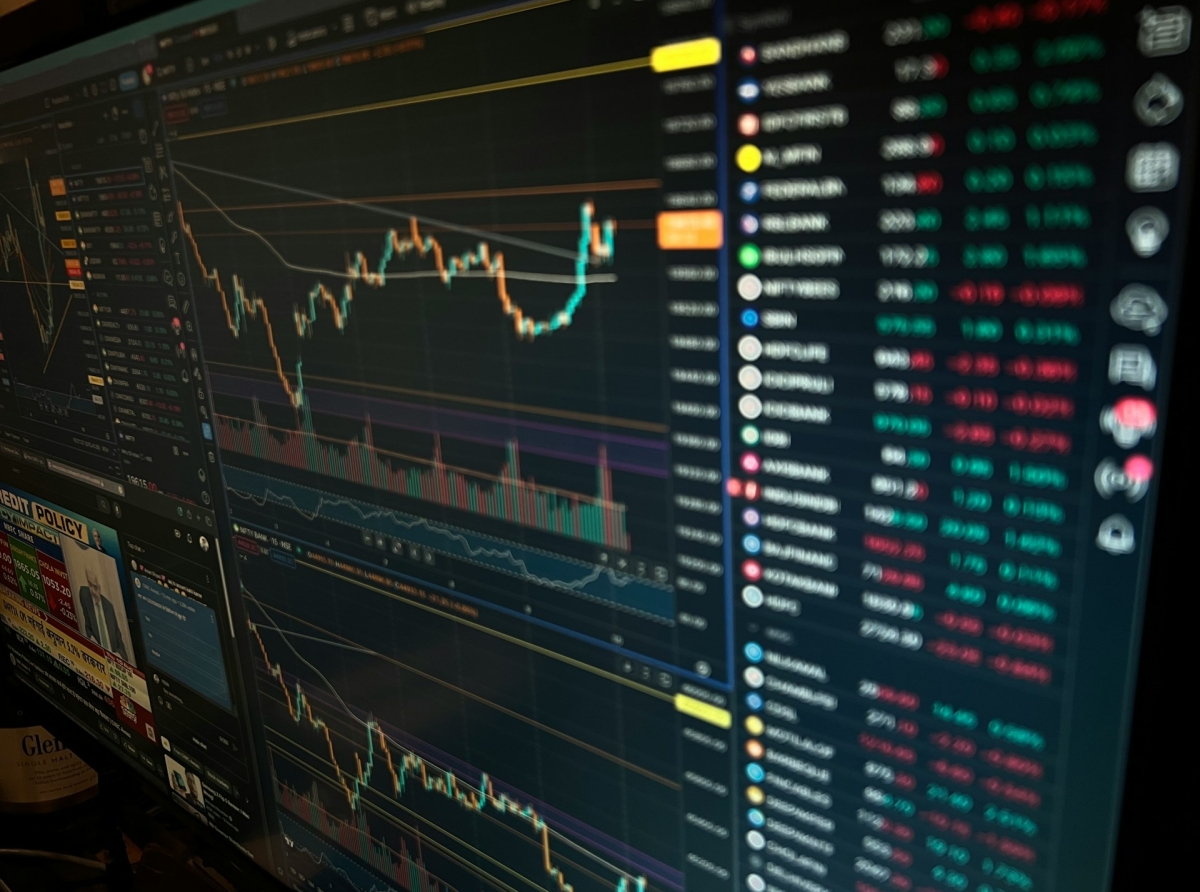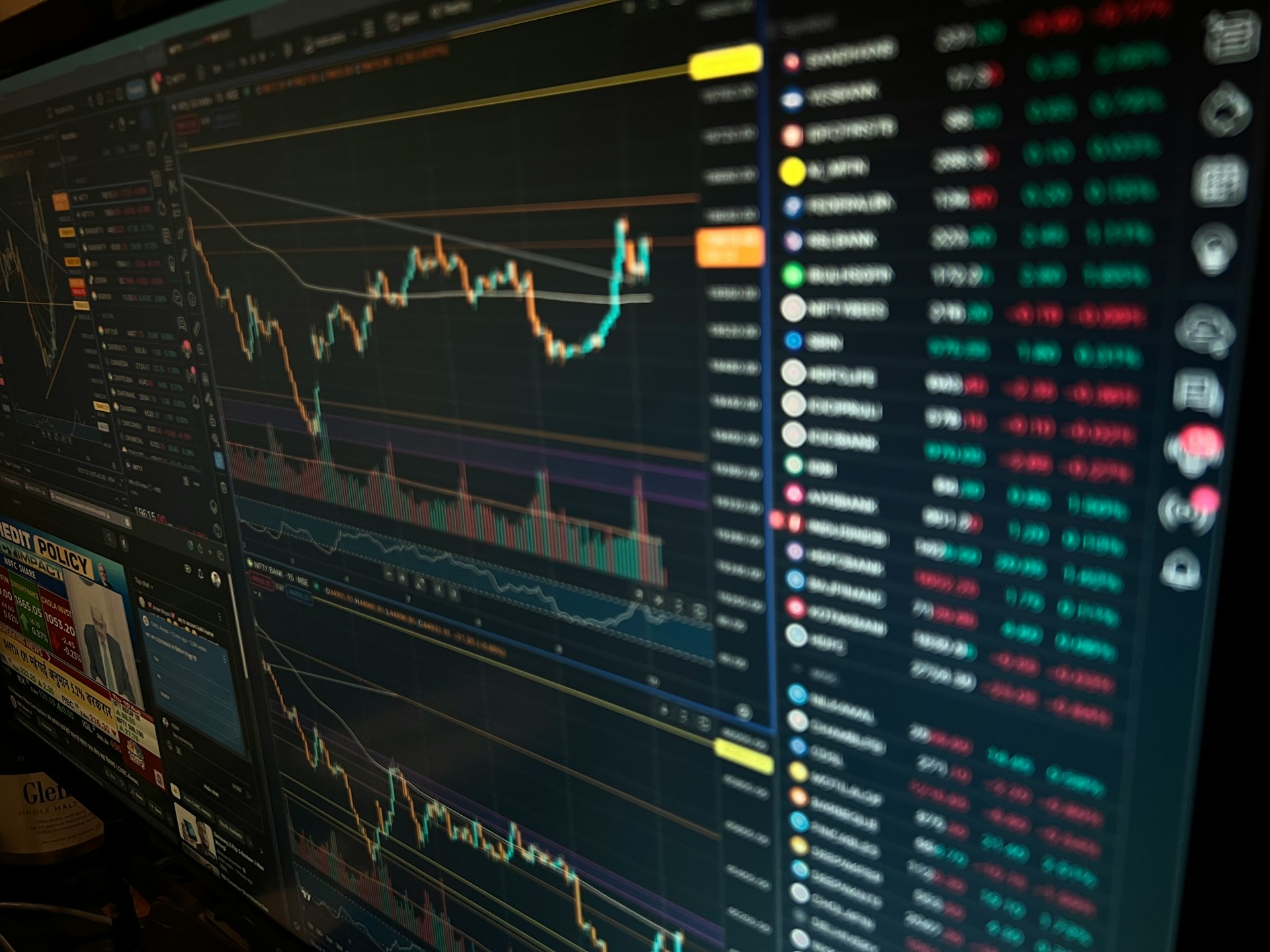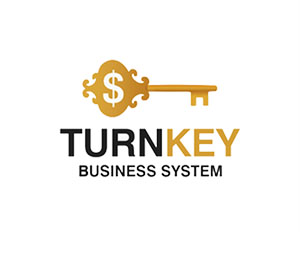
What Are Automated Market Makers (AMM)?
In recent years, the rise of decentralized finance (DeFi) has transformed the way financial markets operate. At the heart of this revolution lies a groundbreaking innovation known as Automated Market Makers (AMMs) .
These systems have redefined liquidity provision and trading in decentralized ecosystems, enabling users to trade assets without relying on traditional order books or intermediaries.
But what exactly are Automated Market Makers, how do they work, and why are they so important?
In this article, we will explore the mechanics, benefits, challenges, and future potential of AMMs.
These systems have redefined liquidity provision and trading in decentralized ecosystems, enabling users to trade assets without relying on traditional order books or intermediaries.
But what exactly are Automated Market Makers, how do they work, and why are they so important?
In this article, we will explore the mechanics, benefits, challenges, and future potential of AMMs.

What Are Automated Market Makers (AMM)?
Understanding Automated Market Makers (AMMs)
An Automated Market Maker (AMM) is a decentralized protocol that facilitates the automated trading of digital assets on blockchain-based platforms. Unlike traditional exchanges that rely on order books to match buyers and sellers, AMMs use mathematical formulas and liquidity pools to determine asset prices and execute trades. This innovation eliminates the need for intermediaries, making trading permissionless, transparent, and accessible to anyone with an internet connection.AMMs are a cornerstone of decentralized exchanges (DEXs), such as Uniswap, SushiSwap, and PancakeSwap. These platforms allow users to swap tokens directly from their wallets, without needing to trust a centralized entity to hold their funds.
How Do AMMs Work?
At their core, AMMs operate using liquidity pools and predefined pricing algorithms. Here’s a step-by-step breakdown of how they function:1. Liquidity Pools
Instead of relying on buyers and sellers to create market depth, AMMs use liquidity pools —collections of tokens locked into smart contracts. For example, a pool might contain Ethereum (ETH) and a stablecoin like DAI. Liquidity providers (LPs) deposit equal values of both tokens into the pool, ensuring balanced liquidity.
2. Pricing Algorithms
AMMs use mathematical formulas to determine the price of assets in a liquidity pool. The most common formula is the Constant Product Formula , used by platforms like
Uniswap: x×y=k
Here:
x and y represent the quantities of two tokens in the pool.
k is a constant value that remains unchanged during trades.
When a user buys one token from the pool, the balance of tokens shifts, causing the price to adjust dynamically. Larger trades result in greater price slippage, incentivizing smaller, more efficient transactions.
3. Trading Without Counterparties
In traditional markets, trades require a counterparty—a buyer must find a seller, and vice versa. AMMs eliminate this dependency by allowing users to trade directly with the liquidity pool. This ensures continuous liquidity, even during periods of low trading activity.
4. Liquidity Provider Rewards
Liquidity providers earn rewards for contributing to the pool. These rewards typically come in the form of transaction fees, which are distributed proportionally based on each provider’s share of the pool. Some platforms also offer additional incentives, such as governance tokens, to encourage participation.
Benefits of Automated Market Makers
AMMs have introduced several advantages that make them a game-changer in the world of decentralized finance:1. Decentralization and Accessibility
AMMs operate on blockchain networks, removing the need for centralized intermediaries. Anyone with a crypto wallet can participate as a trader or liquidity provider, fostering inclusivity and democratizing access to financial markets.
2. Continuous Liquidity
Traditional order book-based exchanges can suffer from liquidity shortages, especially for less popular trading pairs. AMMs ensure continuous liquidity by leveraging the constant product formula, enabling seamless trading even for niche assets.
3. Permissionless Innovation
Developers can build on top of AMM protocols without requiring approval from a central authority. This has led to a thriving ecosystem of decentralized applications (dApps), including yield farming platforms, lending protocols, and synthetic asset creators.
4. Transparency
All transactions and pricing mechanisms are recorded on the blockchain, providing full transparency. Users can verify how prices are calculated and track the flow of funds within liquidity pools.
5. Reduced Dependence on Order Books
Order books require high-frequency trading bots and active market participants to maintain liquidity. AMMs simplify this process by automating price discovery and execution through smart contracts.
Challenges and Limitations of AMMs
While AMMs offer numerous benefits, they are not without challenges. Below are some key limitations that developers and users must consider:1. Impermanent Loss
One of the most significant risks for liquidity providers is impermanent loss . This occurs when the price of deposited tokens changes compared to when they were added to the pool. While liquidity providers earn fees, these earnings may not always offset losses caused by price divergence.
2. Price Slippage
Large trades can cause significant price slippage due to the constant product formula. This makes AMMs less suitable for institutional investors or high-volume traders who require minimal slippage.
3. Vulnerability to Exploits
Smart contracts powering AMMs are susceptible to bugs and vulnerabilities. Malicious actors have exploited these weaknesses in the past, leading to substantial financial losses. Rigorous auditing and security measures are essential to mitigate these risks.
4. Capital Inefficiency
AMMs often require large amounts of capital to maintain sufficient liquidity. This inefficiency can limit scalability and increase costs for users.
5. Limited Sophistication
Compared to centralized exchanges, AMMs lack advanced trading features such as margin trading, stop-loss orders, and derivatives. While some platforms are working to address these gaps, they remain a limitation for now.
Real-World Applications of AMMs
AMMs have found widespread adoption across various sectors of DeFi. Below are some notable examples:1. Decentralized Exchanges (DEXs)
Platforms like Uniswap , SushiSwap , and PancakeSwap dominate the DEX landscape, enabling users to trade cryptocurrencies seamlessly. These platforms have billions of dollars locked in liquidity pools, underscoring their popularity.
2. Yield Farming and Staking
AMMs play a crucial role in yield farming, where users provide liquidity to earn rewards. Protocols like Curve Finance specialize in stablecoin swaps, offering low slippage and attractive yields for liquidity providers.
3. Synthetic Assets
Projects like Synthetix leverage AMMs to enable the creation and trading of synthetic assets, which track the value of real-world assets like stocks, commodities, and fiat currencies.
4. Cross-Chain Liquidity
Emerging solutions aim to bridge liquidity across different blockchains. For instance, THORChain uses AMMs to facilitate cross-chain swaps, allowing users to trade assets between Ethereum, Bitcoin, Binance Smart Chain, and other networks.
The Future of AMMs: Innovations and Trends
As DeFi continues to evolve, AMMs are poised to become even more sophisticated and efficient. Several trends are shaping the future of this technology:1. Improved Pricing Models
New pricing algorithms, such as Constant Mean Market Makers (CMMM) and hybrid models, aim to reduce slippage and improve capital efficiency. These innovations could make AMMs more competitive with centralized exchanges.
2. Layer 2 Solutions
Scalability remains a challenge for AMMs on congested blockchains like Ethereum. Layer 2 solutions, such as Optimism and Arbitrum, promise faster transactions and lower fees, enhancing the user experience.
3. Concentrated Liquidity
Protocols like Uniswap V3 introduce concentrated liquidity, allowing providers to allocate their funds within specific price ranges. This increases capital efficiency and reduces impermanent loss.
4. Cross-Chain Integration
Interoperability will be key to unlocking the full potential of AMMs. By connecting multiple blockchains, these systems can offer broader access to liquidity and support a wider range of assets.
5. Regulatory Compliance
As DeFi gains mainstream attention, regulatory scrutiny is likely to increase. Developers will need to design AMMs that comply with global standards while maintaining decentralization.
Conclusion: Redefining Financial Markets
Automated Market Makers have emerged as a transformative force in the world of decentralized finance. By replacing traditional order books with algorithmic pricing and liquidity pools, AMMs have made trading more accessible, transparent, and efficient. Despite challenges like impermanent loss and slippage, ongoing innovations promise to address these limitations and unlock new possibilities.For traders, investors, and developers alike, understanding AMMs is essential for navigating the rapidly evolving DeFi landscape. As blockchain technology matures, AMMs will continue to play a pivotal role in reshaping financial markets, empowering individuals, and fostering a truly decentralized economy. Whether you’re swapping tokens, providing liquidity, or building the next big dApp, AMMs offer endless opportunities to participate in the future of finance.
#DeFi #AMM #BlockchainTechnology









Report
My comments